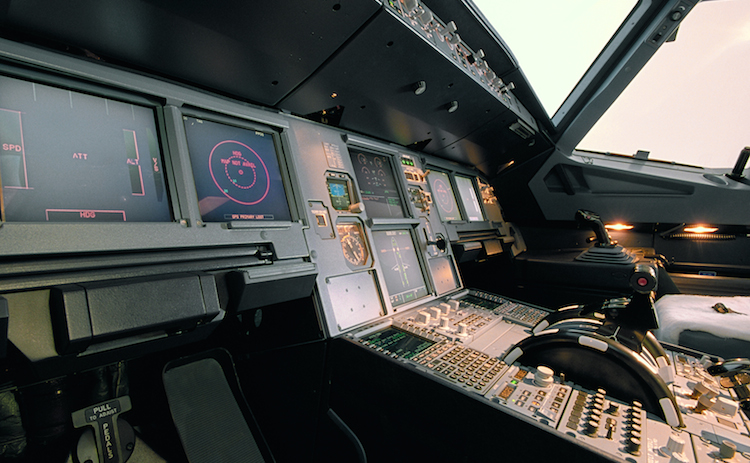
Australia’s Civil Aviation Safety Authority (CASA) says airlines will be able to determine for themselves whether to maintain the “two in the cockpit” rule following a review of the practice and consultation with industry.
In March 2015, Australia joined other jurisdictions including Canada and New Zealand in requiring two people to be in the cockpit of regular public transport (RPT) flights operated by aircraft with 50 or more seats at all times.
The rule was brought in shortly after a 2015 incident where a copilot on Germanwings flight 4U 9525 locked the captain out of the flightdeck and took control of an Airbus A320 that crashed into the French Alps killing all 150 people on board.
The regulator said in its July 2018 CASA Briefing note “air operators should take an operational approach to maintaining the so-called ‘two in the cockpit’ practice”.
This is the advice from CASA following a review of the practice and consultation with the aviation industry.
“The review of the practice in Australia found there were unintended consequential risks, including the second person in the cockpit potentially distracting the pilot, making inadvertent contact with cockpit switches and taking cabin crew away from their safety role in the cabin,” CASA said.
“It was also found the practice complicated flightcrew access to the cockpit and introduced an additional risk of flightdeck incursion.
“The recommendation is for air operators to evaluate their own safety requirements and make an operational decision on whether to maintain ‘two in the cockpit’ in their standard operating procedures.”
CASA said the operational approach to the “two in the cockpit” rule was in line with the position taken by the European Aviation Safety Agency (EASA), which in a 2016 Safety Information Bulletin adopted a more flexible, risk-based approach.
“The SIB recommends that first a risk assessment is performed and then, based on the results of the assessment, the operator may decide to maintain the “2-persons-in-the-cockpit” procedure as one possible mitigating measure,” EASA said in a statement on its website.
“The SIB provides guidance to operators on the elements to be considered in performing the relevant risk assessment. These elements include the psychological and security screening of flight crew, employment stability and turnover rate, access to support programmes, and ability of the operator’s management system to mitigate psychological and social risks.”
Australia is the latest country to change its “two in the cockpit” rule, with airlines in Canada, Germany and Switzerland having already made changes to its regulations.
CASA said its aviation medicine branch would “continue to monitor pilot mental health and maintain a high level of awareness among pilots of mental health priorities and sources of assistance”.
Also, in July 2018, the European Union also published new safety rules for the mental fitness of air crews, including offering all pilots working for European airlines access to programs designed to “assist and support pilots in recognising, coping with, and overcoming problems which might negatively affect their ability to safely exercise the privileges of their licence”.
The EU rules also added alcohol testing of pilots and cabin crew for all European and foreign airlines who fly into the territories of the European Union, and for European airlines to perform a psychological assessment of their pilots before the start of employment.












